C.S. Lewis once suggested that “A young man who wishes to remain a sound 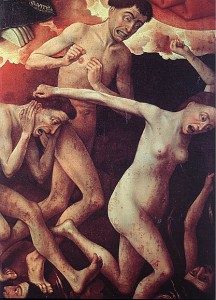 Atheist cannot be too careful of his reading. There are traps everywhere…” Indeed. One never knows if Heaven is lurking in a story, preparing to wheedle into the subconscious and upset the applecart of assumptions.
Atheist cannot be too careful of his reading. There are traps everywhere…” Indeed. One never knows if Heaven is lurking in a story, preparing to wheedle into the subconscious and upset the applecart of assumptions.
In the case of Peter Hitchens, brother of one of the world’s most famous atheists, Christopher, that “trap” came in the form of a 15th century painting.
In How I found God and peace with my atheist brother, Peter Hitchens chronicles his slide into atheism and back again.
No doubt I should be ashamed to confess that fear played a part in my return to religion, specifically a painting: Rogier van der Weyden’s 15th Century Last Judgement, which I saw in Burgundy while on holiday.
I had scoffed at its mention in the guidebook, but now I gaped, my mouth actually hanging open, at the naked figures fleeing towards the pit of Hell.
These people did not appear remote or from the ancient past; they were my own generation. Because they were naked, they were not imprisoned in their own age by time-bound fashions.
On the contrary, their hair and the set of their faces were entirely in the style of my own time. They were me, and people I knew.
I had a sudden strong sense of religion being a thing of the present day, not imprisoned under thick layers of time. My large catalogue of misdeeds replayed themselves rapidly in my head.
I had absolutely no doubt that I was among the damned, if there were any damned. Van der Weyden was still earning his fee, nearly 500 years after his death.
Hitchen’s tale is quite fascinating, and one you should read. Of course, there was more to his re-conversion than just an art viewing. Nevertheless, the sense of dread, the conviction, that picture evoked is a testament to the power of art. Even after centuries, Van der Weyden “was still earning his fee.” 500 years after his death, his composition still possessed the ability to puncture the mundane, arouse the conscience, and extricate the viewer from their moral malaise.
Franz Kafka said, “A book must be the axe for the frozen sea inside us.” Likewise, good art has this ability to startle the mind, awaken longing, conjure the transcendent, and summon Heaven. Those of us who write, draw, paint, perform, should take heart — We have an axe to batter “the frozen sea inside us.”
Just ask Peter Hitchins.
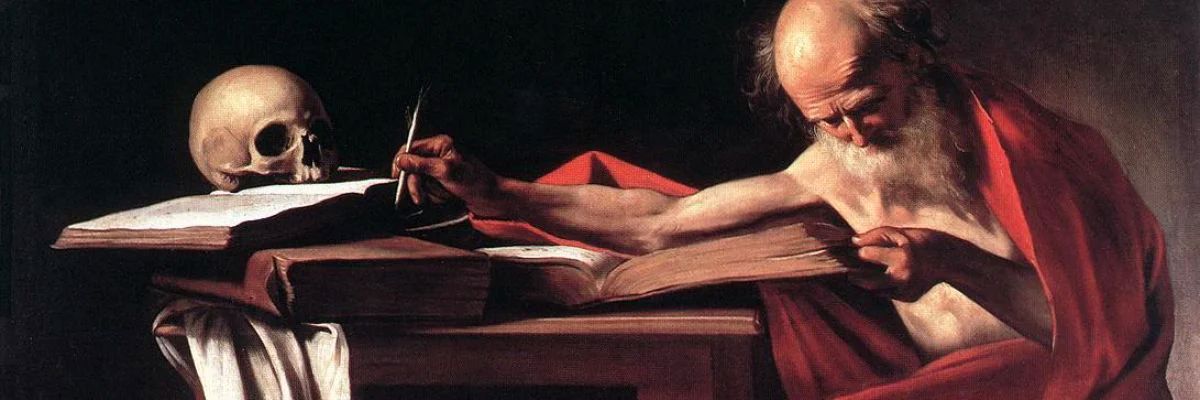

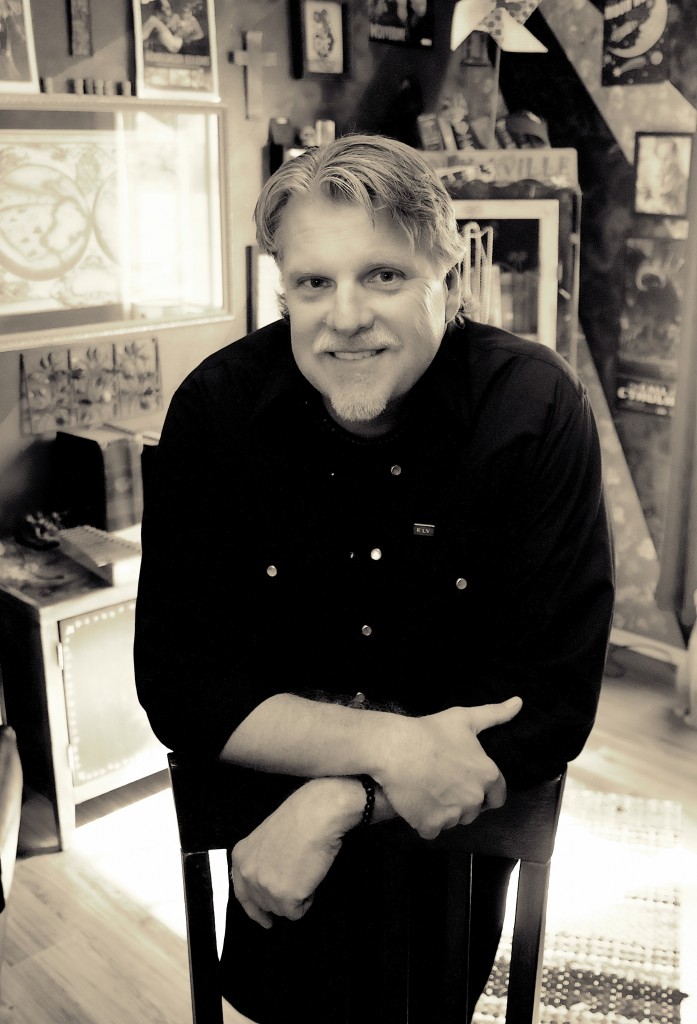
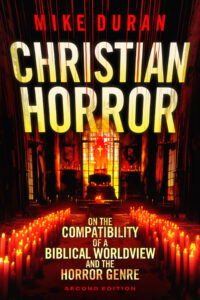
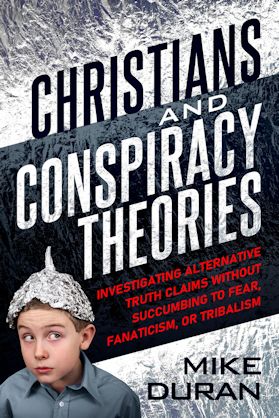
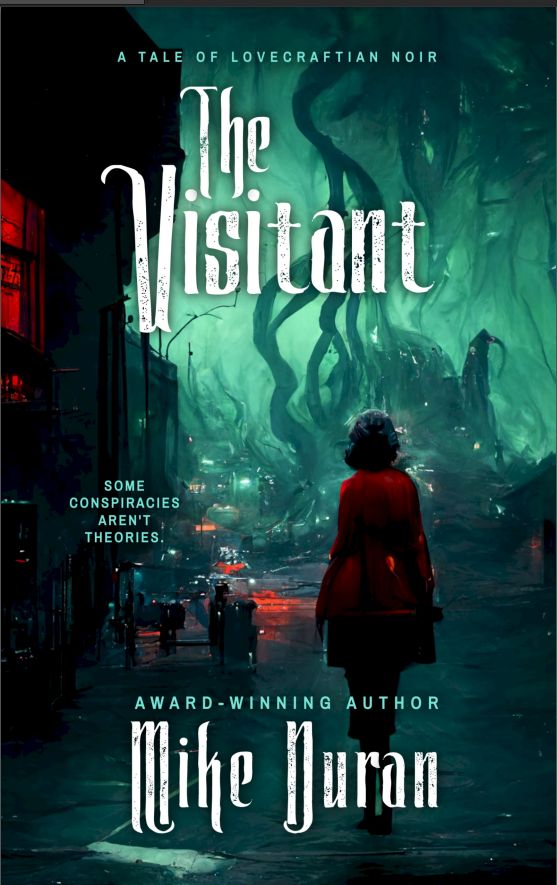

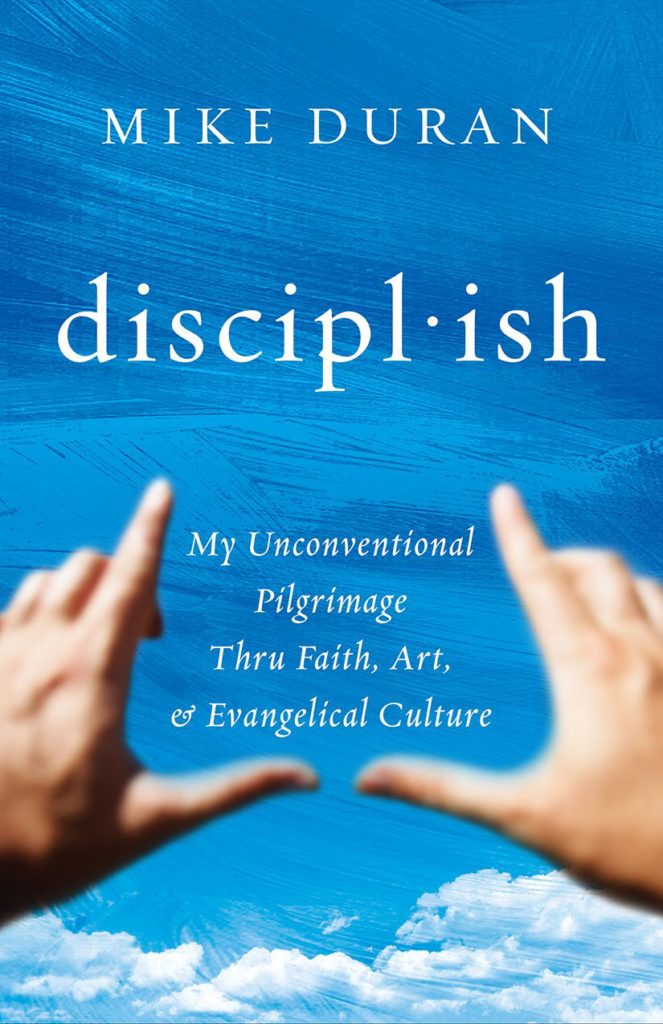
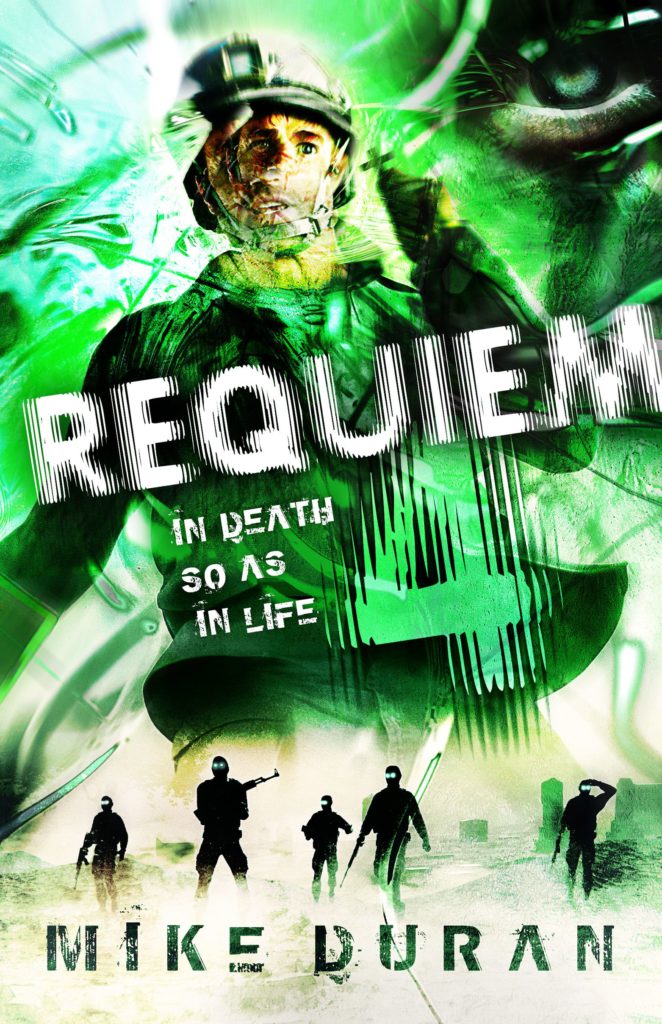
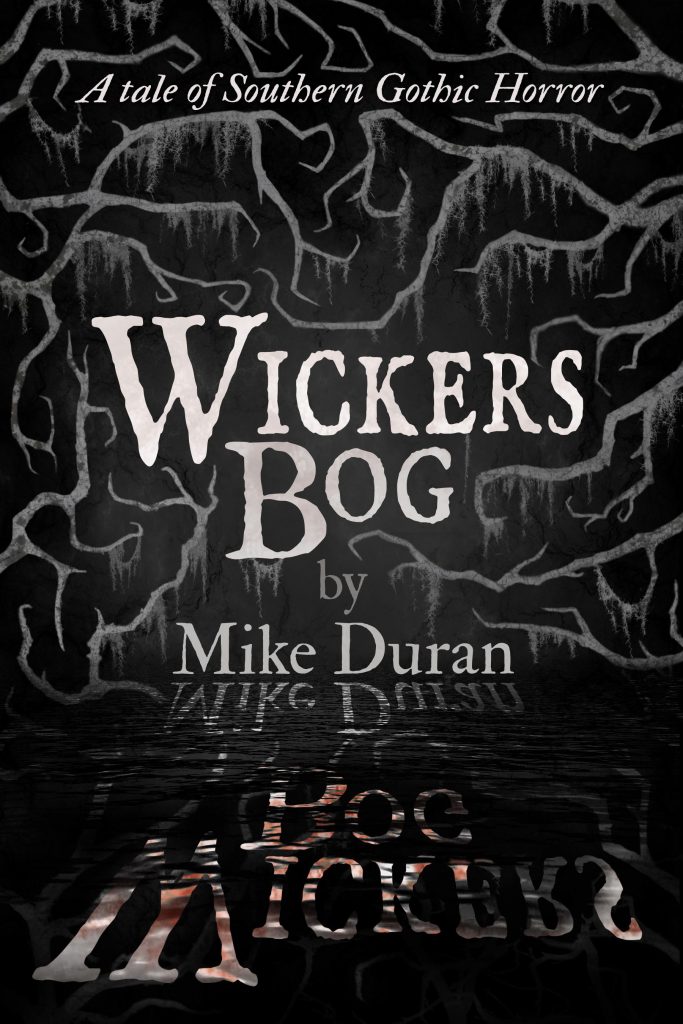
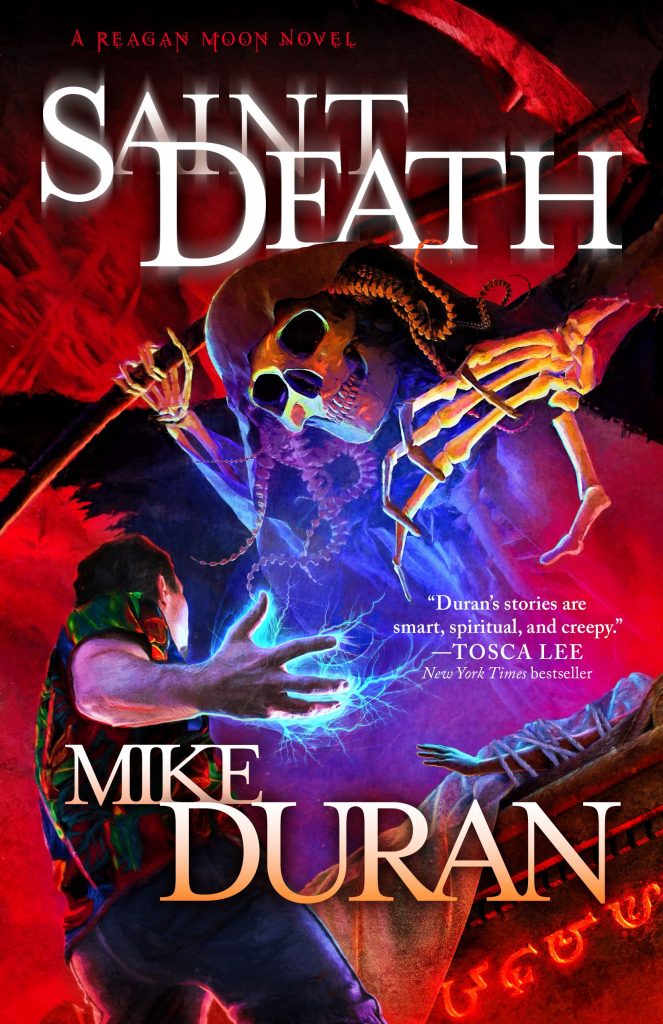
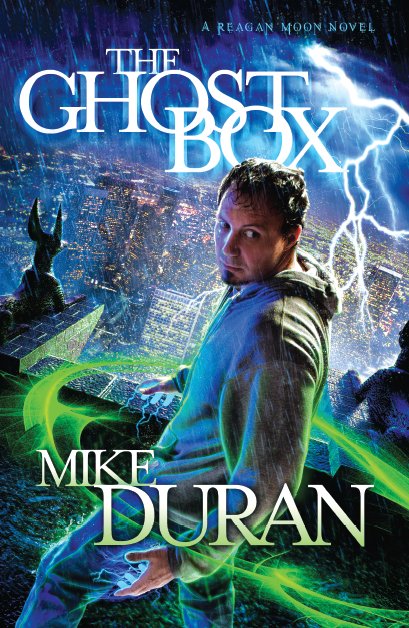
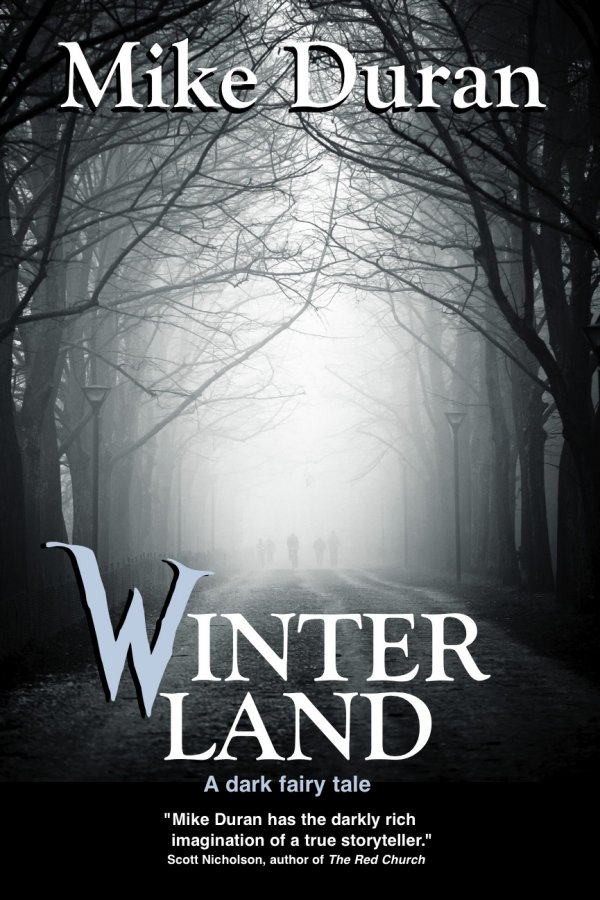
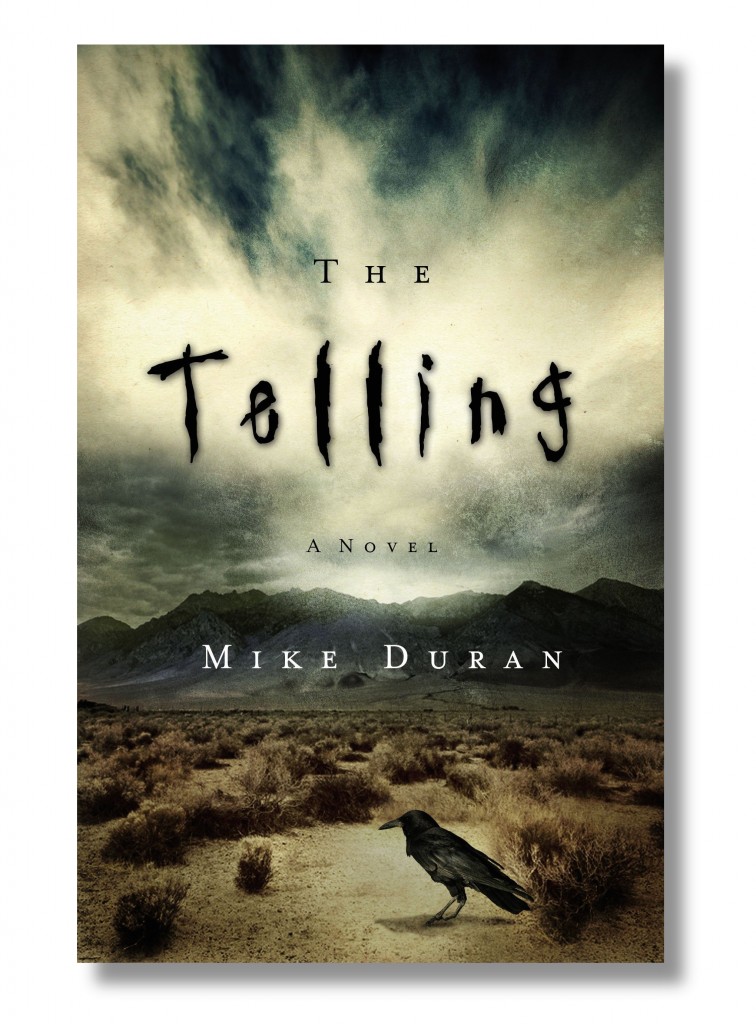
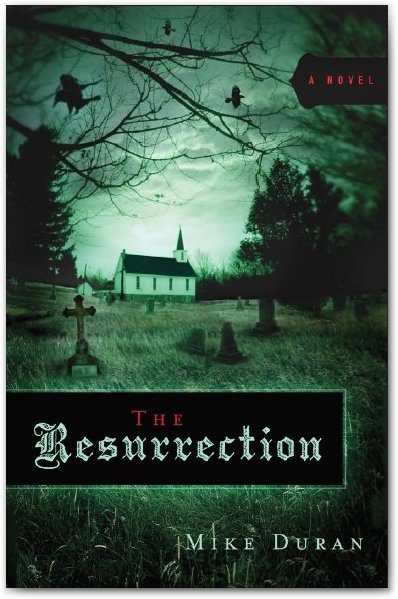
A classic post and a great story. I'll look for Peter Hitchens' book.
that amazing Kafka quote… I almost fell off my seat.
I know such books.
I just listen to Mr. Hitchens on a radio broadcast with Hugh Hewitt. What a fascinating journey Hitchens has travelled. And yes, it is amazing how the Spirit can inspire and use the works of man.
I’am a Believer of Divine Intervention!
Quote: God works in Mysterious ways!
We all should Reflect on Our Human
Nature of Sin from Its’ Beginnings, It Begins
in Genesis and continues onward to the very
Present.
I Believe that the only way to Eternal Salvation’s
Repentence to The Lord of Lords’ and King of Kings,
Jesus Christ!
He’s The Way, The Truth, The Life and NO One Goes
to the Father-God But By Him!
Praise Be To Jesus!